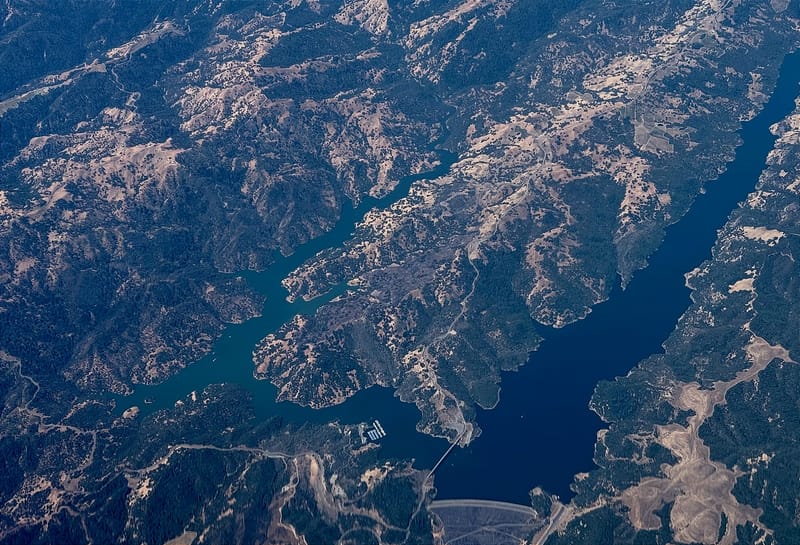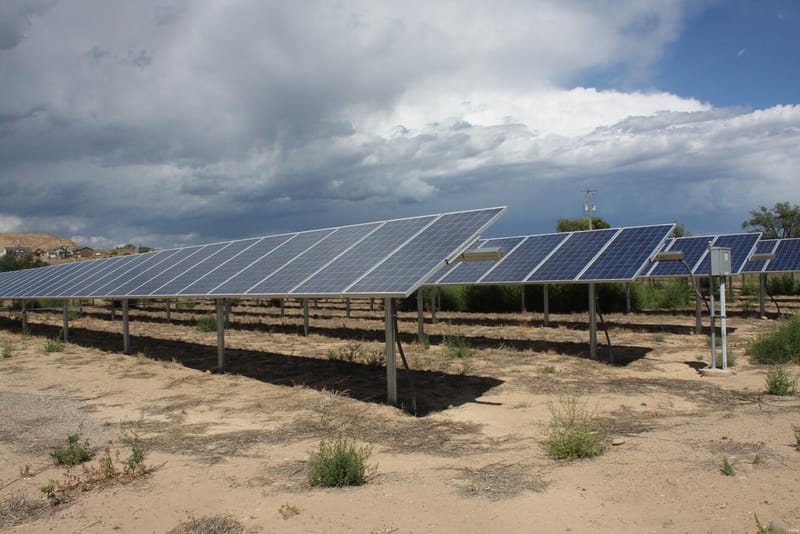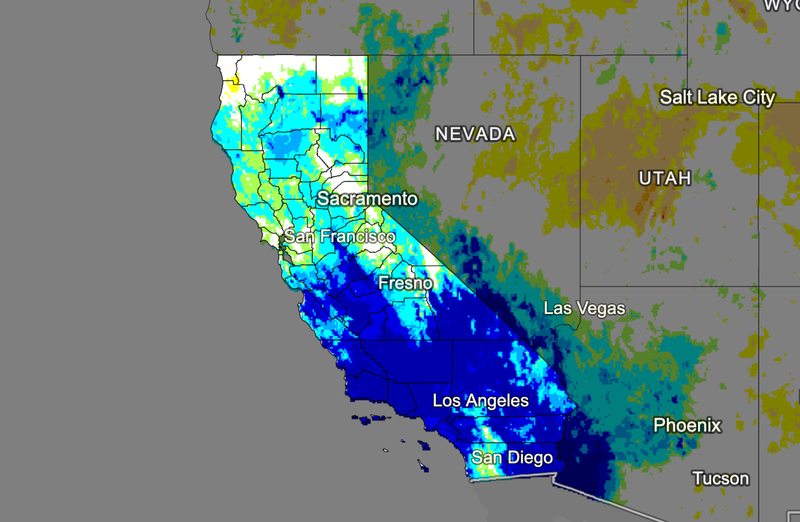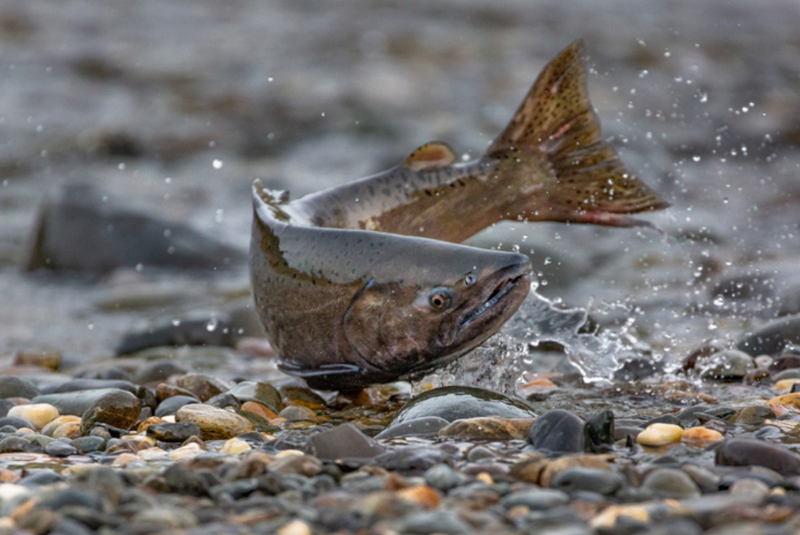California’s latest Cap-and-Trade auction raises $50+ billion for climate credits and clean energy
The May 2025 cap-and-trade auction offered nearly 58 million emissions allowances, all of which were purchased.
California and Québec have released the results of their latest cap-and-trade auction, held on May 21, 2025. The event was part of the two governments’ joint effort to regulate greenhouse gas emissions by requiring major polluters to purchase permits—known as emissions allowances—for the pollution they generate.
A total of nearly 58 million allowances were offered in the May auction. These included permits for immediate use, as well as advance allowances that companies can use to cover emissions in future years. Prices ranged from $25.87 to $26.15 USD per ton of carbon dioxide equivalent, according to official results published by the California Air Resources Board (CARB) and Québec’s environment ministry.
The cap-and-trade program sets a limit on to tal emissions across the state and province, and reduces that limit gradually over time. Companies that exceed their emissions cap must purchase enough allowances to cover the excess or face penalties.
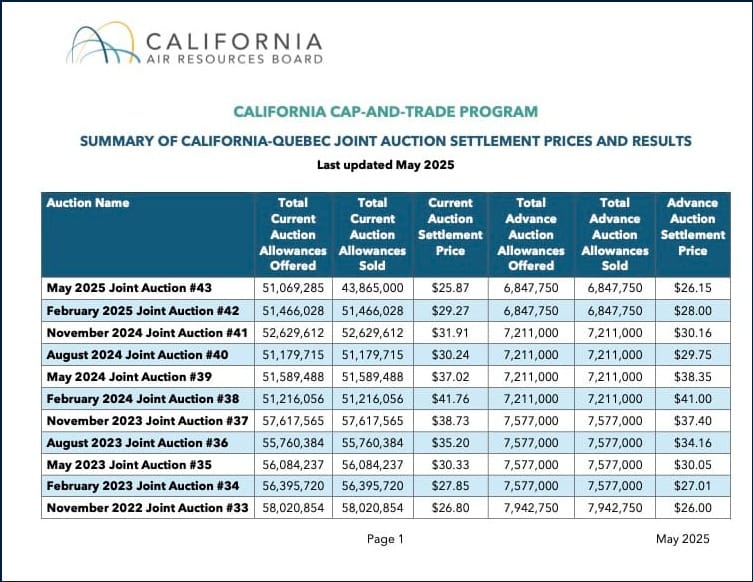
Strong Demand, but Slightly Softer Market
While the auction sold out, demand for current allowances dropped slightly compared to previous events. The number of bids submitted was 0.86 times the number of allowances available—a sign of a more cautious approach from bidders.
By contrast, advance allowances for 2028 were oversubscribed, with qualified bids totaling 1.25 times the available supply. This suggests buyers may be banking on tighter emissions caps and higher future allowance prices as California continues to lower its annual emissions cap through 2030.
Who Bought the Allowances?
More than 100 companies were approved to participate in the auction, including major energy producers, financial institutions, and local utilities. Among the qualified bidders were:
- Chevron U.S.A. Inc.
- Shell Energy North America
- Pacific Gas and Electric Company (PG&E)
- Southern California Edison
- Citigroup Energy and Morgan Stanley Capital Group
- Several Canadian firms and independent energy traders
According to the report, 81.5% of the current allowances were purchased by compliance entities—businesses that are legally required to obtain allowances based on their emissions. That figure dropped slightly to 70.2% for advance vintage allowances.
Where the Money Goes
Although final proceeds are still being converted between U.S. and Canadian currencies, all auction revenue will be distributed to the jurisdictions by June 18, 2025. For California, the money is expected to fund:
- California Climate Credits on electricity and gas bills for residential and small business customers
- Incentive programs for clean energy, building decarbonization, and emissions-reducing technologies
- Targeted funding for disadvantaged communities, including solar access and affordable housing energy upgrades
Under state rules, California receives its proceeds in U.S. dollars, while Québec receives Canadian dollars. The final amounts may fluctuate based on the exchange rate in effect when the payments are transferred.
What’s Next?
The next joint auction is scheduled for later this year and is expected to include a new batch of 2026 and 2029 vintage allowances. With emissions caps continuing to tighten annually under AB 398, businesses operating in high-emissions sectors will likely continue facing increasing pressure to invest in emissions reductions—or pay a higher price to pollute.
The full results of the May 2025 auction, including bid prices and bidder lists, are available on CARB’s website.






